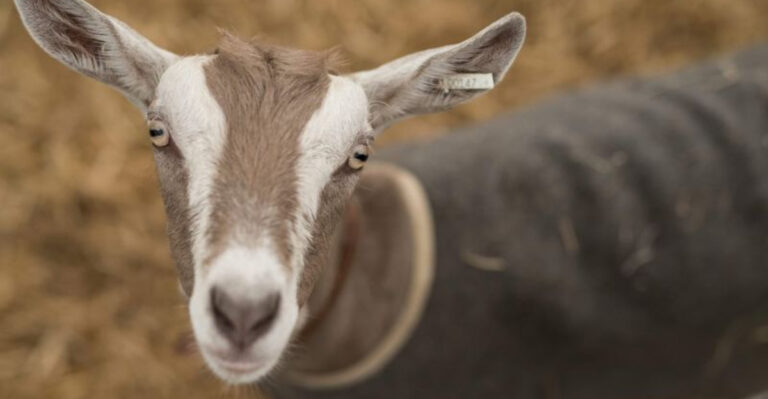15 Ways Wolves Have Survived In North America For Centuries
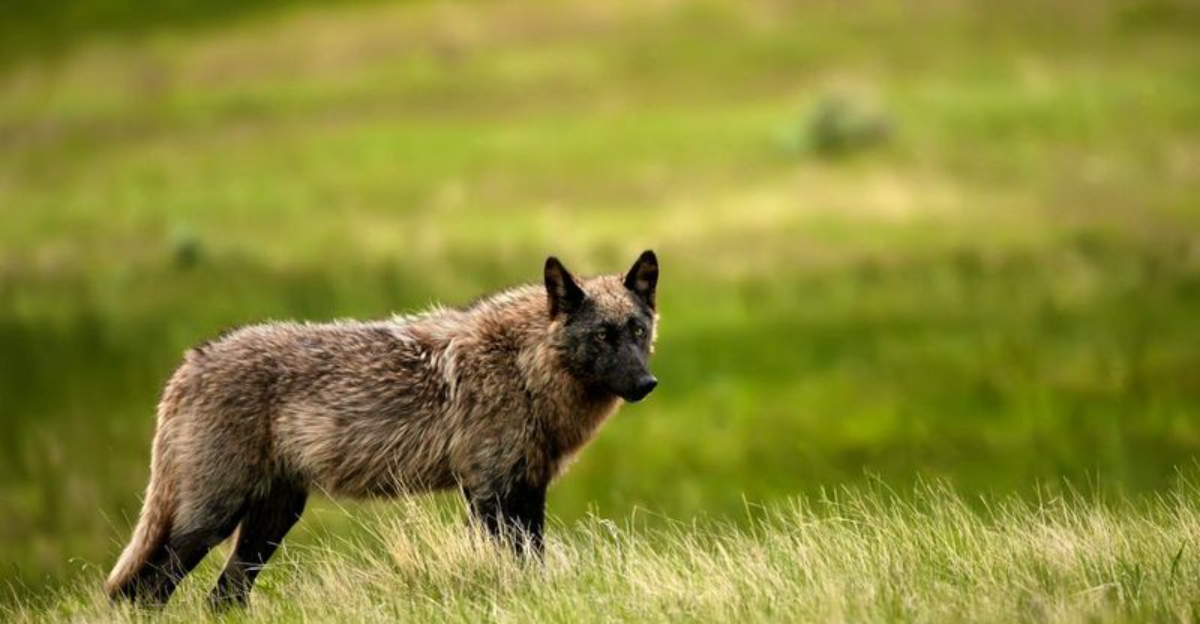
Lurking in the shadows of North America’s wilderness, gray wolves have defied extinction against incredible odds.
From the frozen tundra of Alaska to the rugged Rockies, these remarkable predators have adapted to some of the harshest environments on the continent. Their survival story isn’t just fascinating—it’s a masterclass in resilience, intelligence, and evolutionary success spanning thousands of years.
1. Pack Hunting Strategies
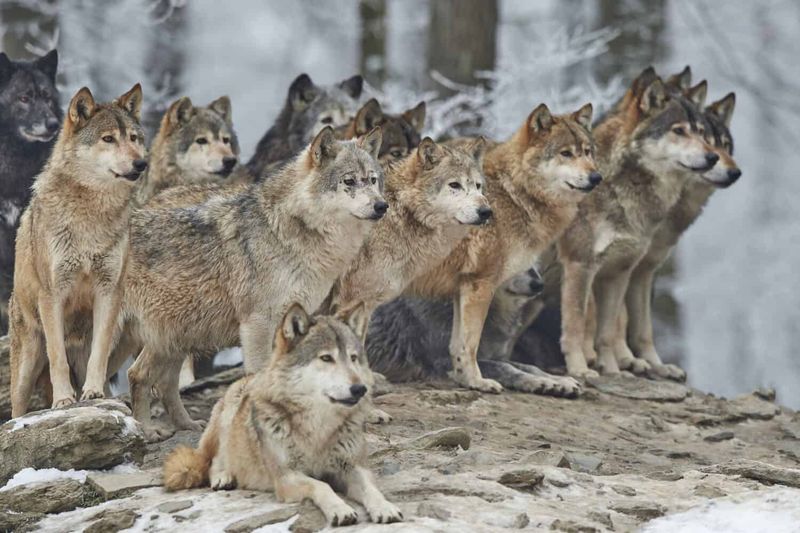
Working together like a well-oiled machine, wolf packs can take down prey ten times their size. Their coordinated hunting tactics involve complex roles – some wolves chase prey toward waiting pack members, while others circle to cut off escape routes.
This teamwork allows them to hunt moose, elk, and bison that would be impossible for a lone wolf to tackle.
2. Adaptable Diet
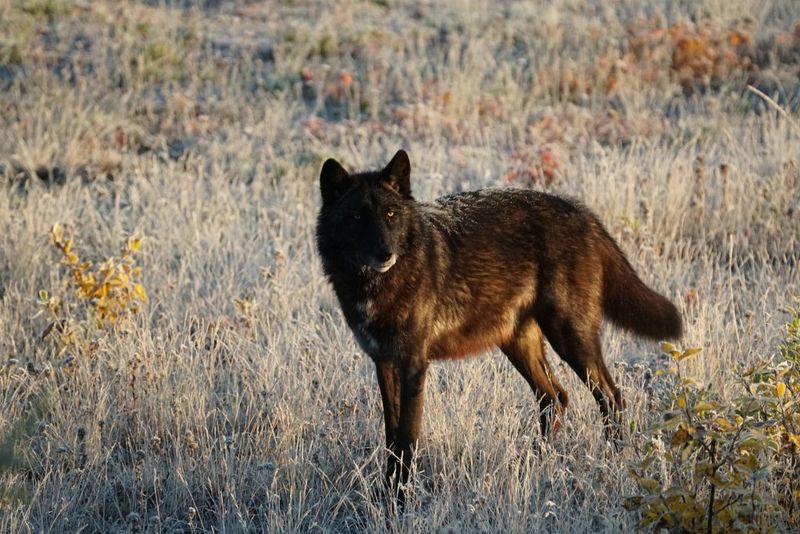
When big game becomes scarce, wolves don’t go hungry for long. Their flexible eating habits include everything from berries and small rodents to fish during salmon runs.
During lean seasons, they’ll even scavenge carrion or dig up hibernating animals. This dietary flexibility has been crucial during harsh winters and changing environmental conditions throughout centuries.
3. Territory Marking
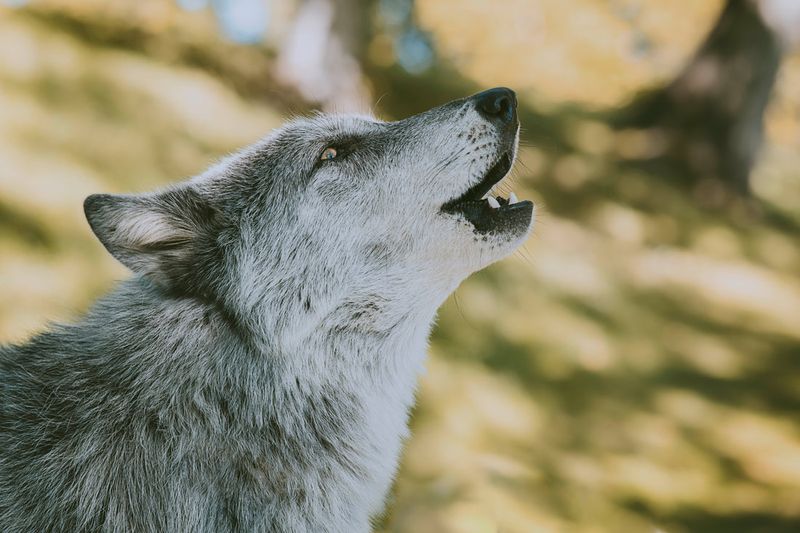
A typical wolf pack claims vast territories spanning up to 1,000 square miles. They mark these boundaries with urine and scat containing powerful scent markers that warn rival packs to stay away.
Howling serves as another territorial announcement, carrying for miles across landscapes. This sophisticated boundary system prevents deadly pack conflicts and preserves hunting grounds.
4. Seasonal Migration
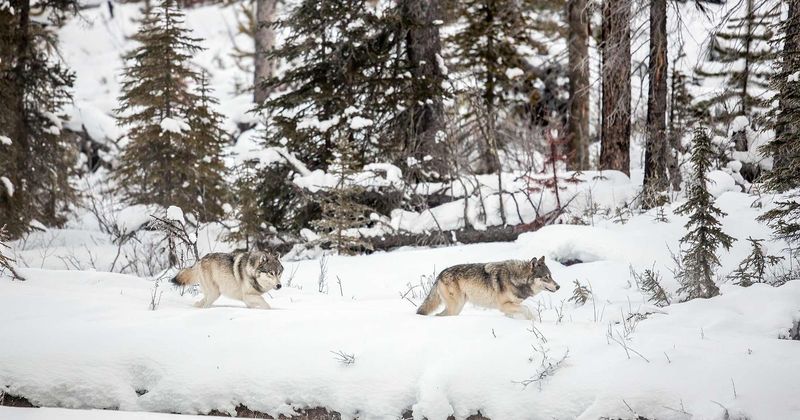
Following the movements of prey animals keeps wolves fed year-round. Northern packs track caribou herds across hundreds of miles, while mountain wolves move up and down elevation with seasonal deer migrations.
This nomadic lifestyle ensures access to food sources as they shift with weather patterns. Their incredible stamina allows them to travel up to 30 miles daily when necessary.
5. Den Building
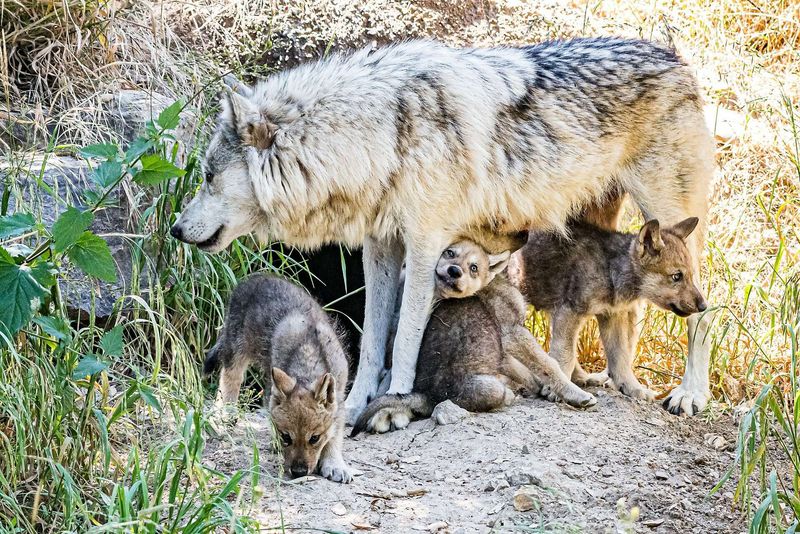
Female wolves create cozy underground nurseries for their vulnerable pups. These dens feature narrow entrances that widen into chambers, offering protection from predators and harsh weather.
Often dug into hillsides or riverbanks, some wolf families return to the same dens for generations. The location is carefully chosen near water sources but away from human activity.
6. Social Structure
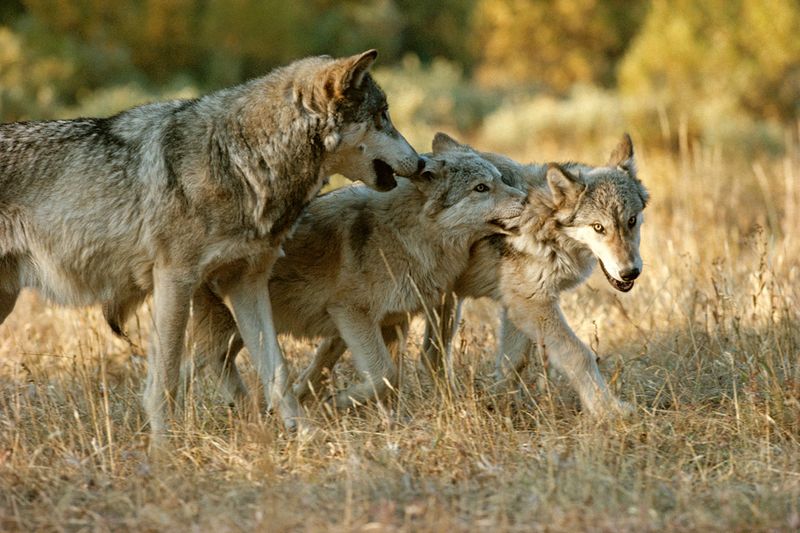
Family bonds form the backbone of wolf survival. Packs typically consist of a breeding pair (the alphas) and their offspring from multiple years.
This tight-knit social structure creates a support system where older siblings help raise new pups, injured members receive care, and hunting knowledge passes through generations. Some wolf bonds are so strong they mourn when packmates die.
7. Intelligent Problem Solving
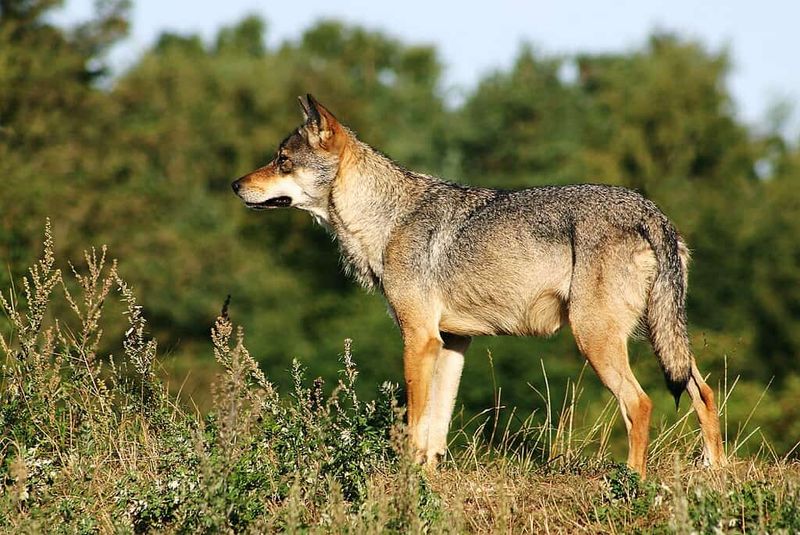
Far from mindless predators, wolves demonstrate remarkable intelligence when facing challenges. They’ve been observed using teamwork to divert flowing water and flush out hiding prey.
Some wolves learn to break ice to access fishing spots or create ambush points by driving prey into natural traps. This cognitive flexibility has helped them overcome countless survival obstacles throughout North American history.
8. Physical Adaptations
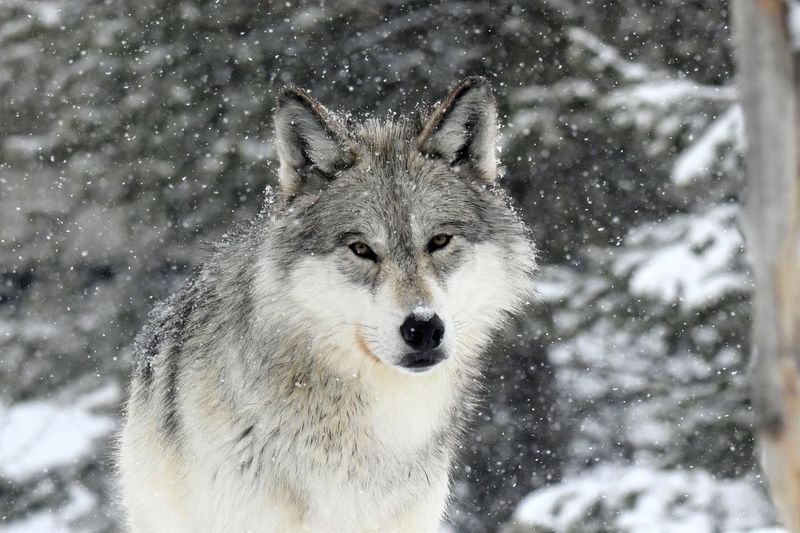
Built for survival in extreme environments, wolves sport specialized features like double-layered fur that insulates against temperatures as low as -40°F. Their large paws act like snowshoes, distributing weight across snow.
Acute senses detect prey from incredible distances – they can smell animals nearly 2 miles away and hear up to 6 miles. These physical traits have barely changed in thousands of years.
9. Breeding Strategies
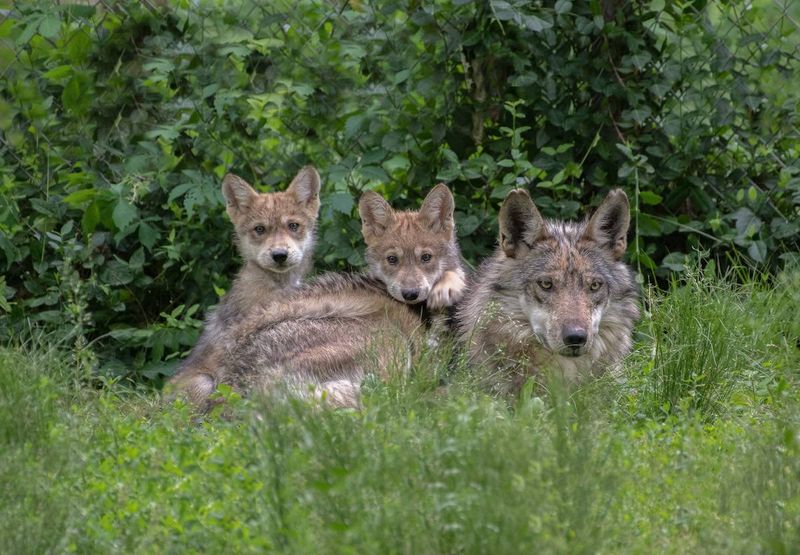
Unlike many animals, wolves are largely monogamous, with alpha pairs typically mating for life. This creates genetic stability within packs and ensures dedicated parenting.
Female wolves time their pregnancies so pups are born in spring when food becomes more plentiful. The entire pack participates in pup-rearing, regurgitating food for the young and taking turns babysitting.
10. Avoiding Human Contact
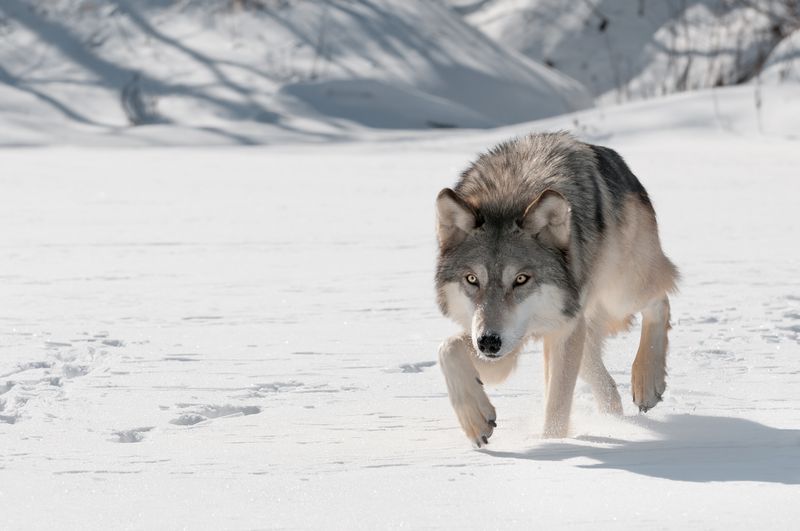
Centuries of persecution taught wolves to be wary of humans – perhaps their most crucial survival adaptation. They’ve developed an uncanny ability to detect human presence and typically alter their activity patterns to become more nocturnal near settlements.
Wolves can recognize the sound of firearms and will abandon kill sites at the first hint of human approach.
11. Vocal Communication
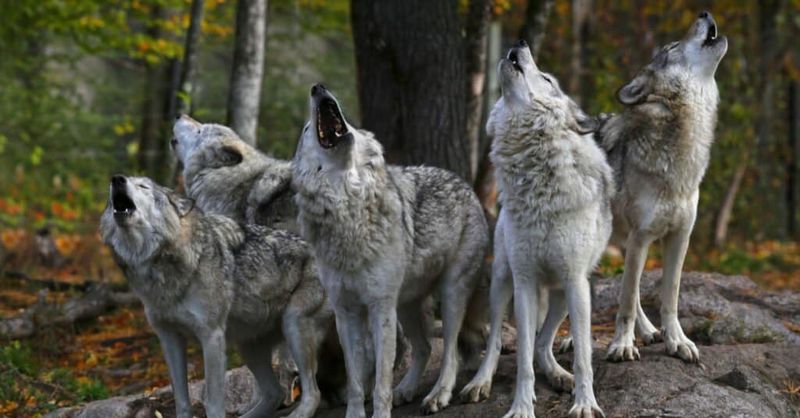
More than just howling at the moon, wolves use a sophisticated language of sounds. Their vocalizations include whines, growls, barks and howls – each with specific meanings.
Pack members can recognize each other’s individual voices across miles. This complex communication system coordinates hunting, warns of dangers, and maintains social bonds even when pack members are temporarily separated.
12. Endurance And Speed
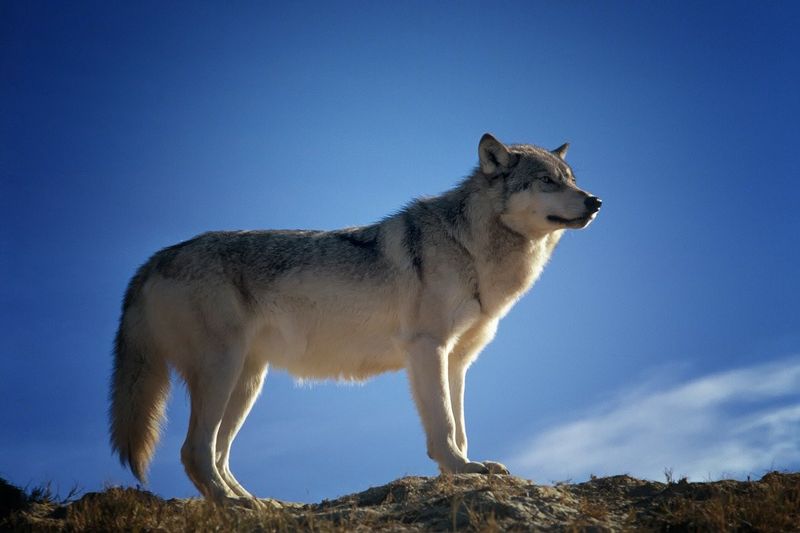
Marathon runners of the wild, wolves can maintain a steady trot of 5 mph for hours, wearing down prey through exhaustion. When they need to sprint, they hit speeds up to 35 mph.
Their efficient gait conserves energy during long-distance travel. This combination of speed and stamina makes them formidable hunters across North America’s vast landscapes, from deserts to tundra.
13. Habitat Flexibility
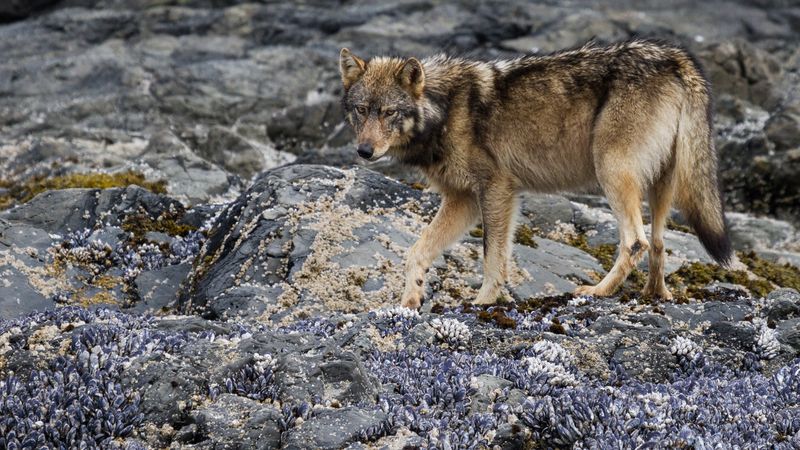
From the Arctic tundra to desert scrublands, wolves have colonized nearly every ecosystem in North America. Each regional population develops specialized behaviors suited to local conditions.
Coastal wolves learn to harvest shellfish during low tides. Desert wolves conserve water and hunt at night. This remarkable adaptability has allowed them to survive as landscapes changed dramatically over centuries.
14. Seasonal Coat Changes
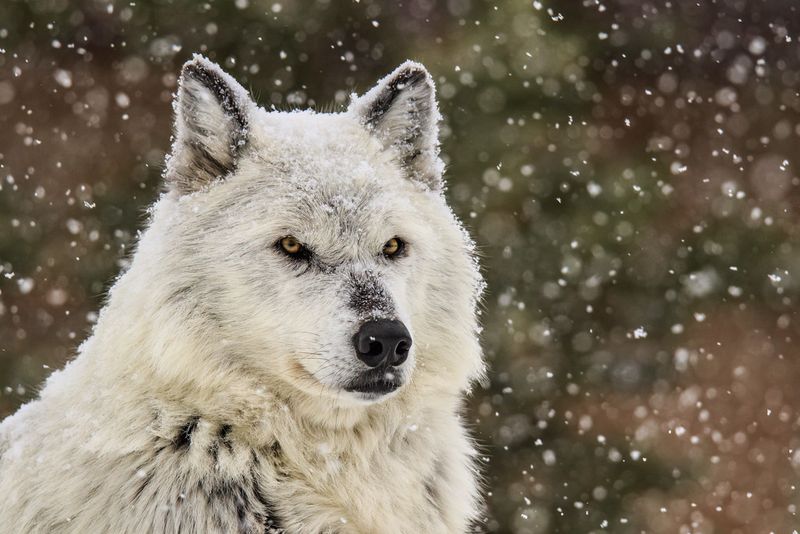
Twice yearly, wolves undergo complete fur transformations that perfectly match their environment’s demands. Winter coats grow thick with insulating undercoat that can be up to two inches deep.
Summer sees them shed dramatically to prevent overheating. Northern wolves develop denser coats than southern populations. This natural thermoregulation system has kept them comfortable in North America’s extreme temperature ranges.
15. Resilience After Persecution
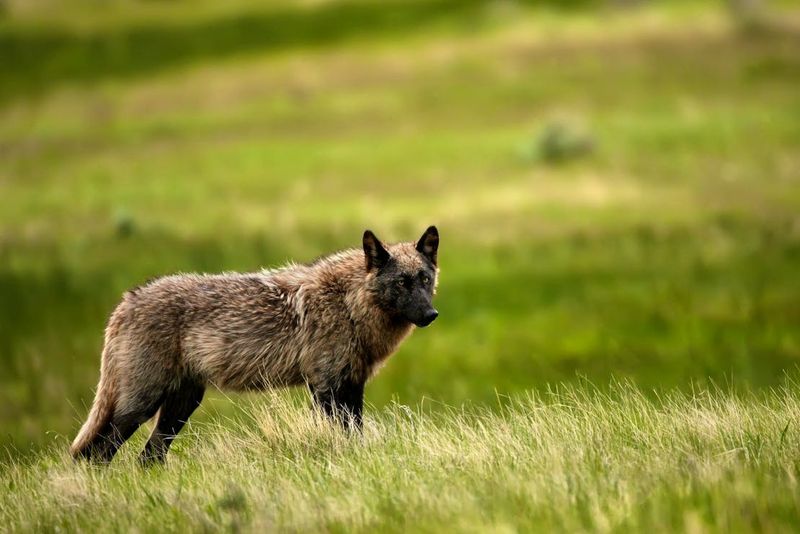
Despite bounty hunting that nearly wiped them out across much of North America by the 1950s, wolves have made remarkable comebacks. Small surviving populations maintained genetic diversity against incredible odds.
Their ability to quickly recolonize former territories when protection was granted demonstrates extraordinary resilience. In Yellowstone, wolves restored entire ecosystems after their reintroduction, showing their ecological importance.

